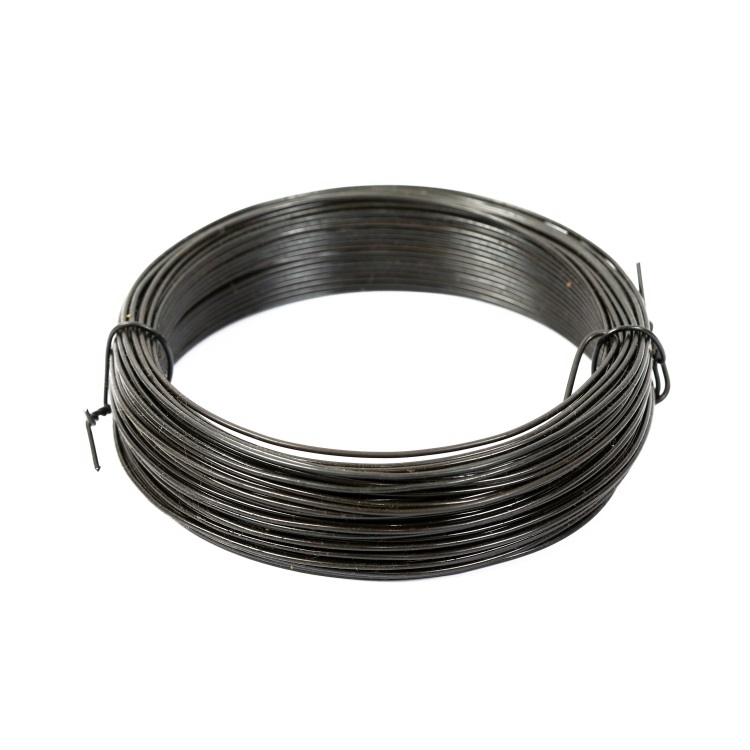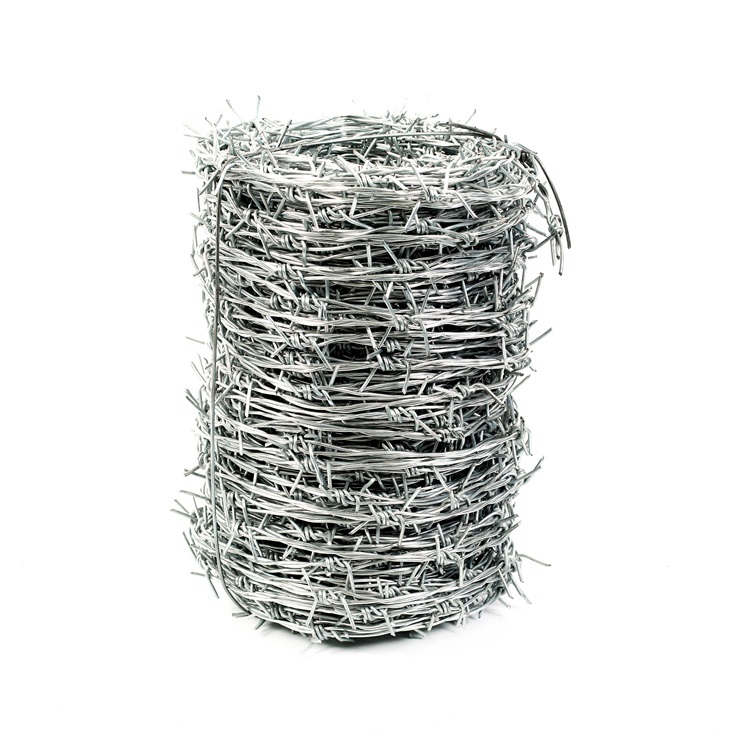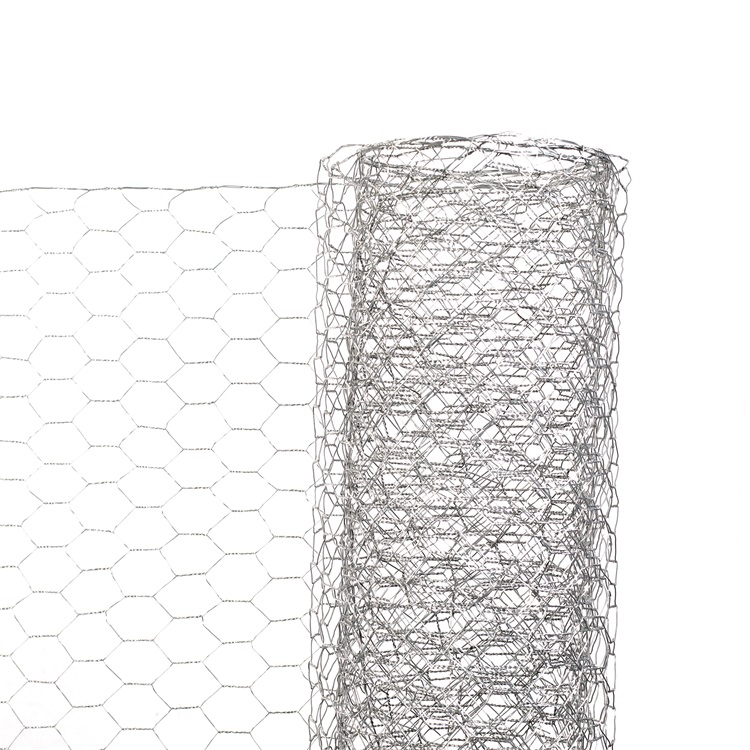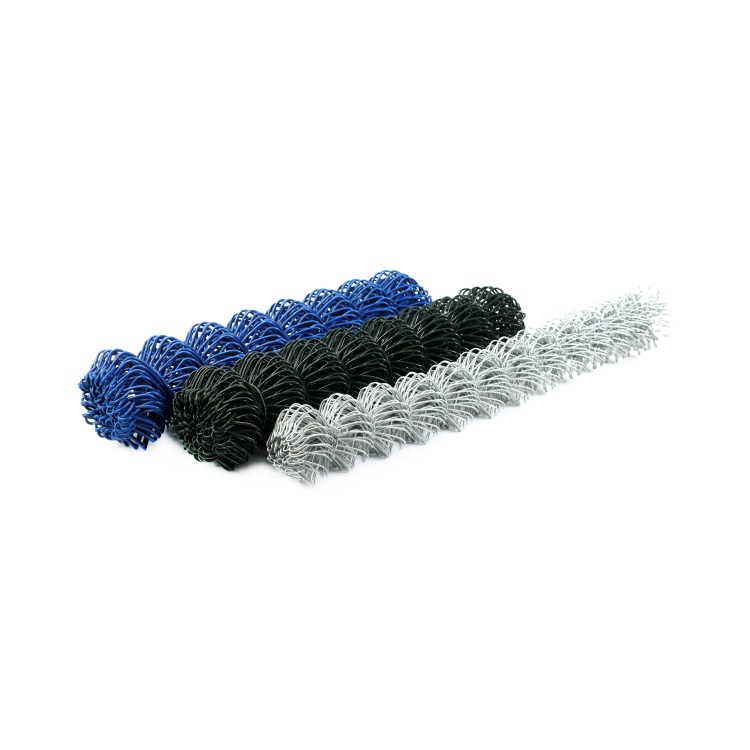Chicken Mesh Wire Fence Guide | Durable, Cost-Effective Fencing Solutions
The Global Importance of Chicken Mesh Wire Fence
You've probably seen chicken mesh wire fence all over the place, quietly doing its job — simple, humble, yet crucial. On a global scale, this fencing solution is far from just backyard chicken coops; it plays a vital role in agriculture, construction, humanitarian aid, and even environmental management. Understanding chicken mesh wire fence isn’t just for farmers; it's about grasping a material that shapes safe zones, protects small livestock, and supports countless industries worldwide.
Setting the Stage: Why Chicken Mesh Wire Fence Matters Now More Than Ever
The world’s population crossed the 8 billion mark recently, and with that swelling demand comes increased pressure on food production and animal husbandry. According to the United Nations Food and Agriculture Organization (FAO), raising small livestock is critical for food security, especially in rural and developing areas. But with rising urbanization and industrial expansion, protecting animals in increasingly complex environments can be tricky. Here's where chicken mesh wire fence steps in — lightweight, easy to deploy, and affordable, it helps create safe enclosures that sustain livelihoods and aid communities recovering from disaster or conflict.
The challenge? Balancing cost, durability, and ease of use while covering vast areas or creating temporary secure zones.
What Exactly Is a Chicken Mesh Wire Fence?
Putting it simply, chicken mesh wire fence is a woven mesh made from galvanized or PVC-coated steel wires, arranged in a hexagonal pattern. It's primarily used to confine poultry and other small animals but extends its reach well beyond the farmyard. This type of fence is prized for its flexibility, lightness, and ease of repair — you can cut it to size, bend or stretch it, and generally manipulate it with a bit of muscle and wire cutters.
In modern settings, chicken mesh wire fences also contribute to construction sites as protective barriers, impede unwanted wildlife intrusion in conservation areas, and serve as base layers in erosion control systems. Its core strength lies in blending simplicity with surprising versatility.
Core Components of Chicken Mesh Wire Fences
1. Material and Coatings
The steel wires are usually galvanized with zinc or coated with PVC to resist rust and corrosion. The coating thickness and galvanization grade impact longevity significantly, especially outdoors where weather can wear down inferior versions fast.
2. Mesh Size and Pattern
Hexagonal cells come in varying sizes, typically between 13mm (½ inch) to 38mm (1½ inch) across. Smaller apertures better protect chicks or rabbits, while larger ones serve bigger animals or general enclosure.
3. Gauge Thickness
The wire thickness (gauge) determines strength. From 19 gauge to as thick as 14 gauge, the heavier the gauge, the sturdier the fence — but also less flexible and more expensive.
4. Roll Lengths and Widths
For commercial use, chicken mesh fences come in rolls that vary from 10 to 50 meters long and widths typically from 0.5 to 2 meters. Custom sizes are sometimes available.
Mini takeaway: Though it appears simple, the material choices and specifications of chicken mesh wire fence tailor it precisely for different needs — from backyard coops to disaster relief fencing.
Worldwide Applications That Barely Scratch the Surface
Oddly enough, chicken mesh wire fence is ubiquitous but not often recognized outside specialist circles. Among the primary uses:
- Agriculture: Enclosing poultry and rabbits safely, preventing predators from getting in, and keeping animals contained.
- Humanitarian Aid: NGOs deploy lightweight fences in refugee camps or disaster zones to secure livestock and designate safe zones.
- Environmental Protection: Used in reforestation areas to protect young trees from grazing animals.
- Construction: Temporary fencing for site safety and segregation.
- DIY and Home Use: Garden enclosures, pet runs, and craft projects.
For example, after the 2015 Nepal earthquake, relief teams used chicken mesh fencing extensively to protect poultry vital for local food supplies in temporary housing zones.
Specifications at a Glance
| Specification | Details |
|---|---|
| Wire Material | Galvanized Steel / PVC Coated Steel |
| Mesh Size (Hexagonal Aperture) | 13 mm – 38 mm (½" – 1½") |
| Wire Gauge | 14 – 19 gauge (2.0 mm – 1.0 mm) |
| Roll Length | 10 m to 50 m |
| Roll Width | 0.5 m to 2 m |
Comparing Top Vendors of Chicken Mesh Wire Fence
| Vendor | Product Range | Coating Options | Customization | Price Range |
|---|---|---|---|---|
| Five Star Metals | Standard & heavy-duty meshes | Galvanized, PVC Green/Black | Yes, roll width & length | Mid-range |
| Global Wire Inc. | Basic meshes | Galvanized only | Limited | Budget |
| EcoMesh Suppliers | Sustainable, recycled coating | Recycled PVC & biodegradable | Moderate | Premium |
Advantages and Long-Term Impact of Chicken Mesh Wire Fence
You might wonder why something as simple as chicken mesh wire fence has such staying power in the market. Well, cost efficiency is one. Compared to solid wood or metal panel fences, mesh requires less material and labor. Then there's durability. Steel wires, with proper galvanization, can last decades outdoors — I once found a 30-year-old roll in a barn that still looked pretty decent! But beyond that, there's a social angle. In many communities, secure poultry enclosures mean improved food security, enhanced income, and dignity.
It’s also about trust. NGOs and organizations rely on easy-to-transport and quick-to-install fencing for efficient relief work. This mesh fence fosters safety — keeping livestock safe from predators and kids safe from wandering animals.
Emerging Trends and Innovations in Chicken Mesh Wire Fence
Sustainability is the buzzword these days. Manufacturers are experimenting with biodegradable coatings and recycled materials to lower environmental impact. There’s also talk of incorporating antimicrobial surfaces to reduce disease transmission in farms — pretty futuristic stuff. Moreover, automation in fencing installation using drones or robotic arms is slowly cropping up in large-scale farms to reduce labor costs.
Oddly enough, with so much tech advancement, this low-tech mesh remains relevant because it balances innovation with practicality.
Facing Challenges Head-On: Common Issues and Solutions
Of course, it’s not perfect. A big issue is mesh deformation under pressure or animal attack. Reinforcing with thicker wire or attaching it to sturdy posts often helps. Another challenge is corrosion in harsh climates — which makes coatings crucial. Some users complain about installation difficulty if rolls are too stiff or heavy.
Solutions include choosing the right gauge for the application, using post support systems like metal stakes, and picking coatings suited to environment. For NGOs working overseas, modular panels are sometimes easier than rolls.
FAQ: Common Questions about Chicken Mesh Wire Fence
Q1: How long does a galvanized chicken mesh wire fence typically last outdoors?
With proper galvanization and environmental conditions (dry or moderate humidity), you can expect 15 to 25 years of service. Coastal or high-humidity areas may shorten lifespan unless coated additionally with PVC or similar.
Q2: Can I customize the size and gauge when ordering chicken mesh wire fence?
Many reputable manufacturers, such as Five Star Metals, offer tailored widths, roll lengths, and wire gauges to fit your exact need. This flexibility is great for specialized projects.
Q3: Is chicken mesh wire fence pet-safe for backyard use?
Generally, yes. The hexagonal mesh is designed to keep small animals in and predators out without sharp edges when properly trimmed. Always check for any protruding wire ends after installation.
Q4: Can I use chicken mesh wire fence for garden plant protection?
Absolutely. Many gardeners use it to keep rabbits, deer, or birds away from delicate plants due to its light weight and adaptability.
Q5: How do NGOs typically import chicken mesh wire fencing for humanitarian projects?
NGOs often work with suppliers who provide bulk quantities with strong export capabilities and certifications. Some vendors support international shipping and can handle customs documentation, making logistics smoother.
Wrapping Up: The Underrated Star of Fencing Solutions
Chicken mesh wire fence may seem like a no-frills product, but it’s woven deeply into the fabric of agriculture, community resilience, and sustainable fencing worldwide. Its simplicity masks its adaptability — protecting livelihoods, aiding emergencies, and adapting to new material innovations. Next time you walk past a sturdy chicken coop or a makeshift disaster relief camp, pause for a moment. That fine mesh is more than just wire — it’s a lifeline.
Looking for reliable, customizable chicken mesh wire fence? Visit Five Star Metals to explore options tailored to your needs.
References
-
Discount 16 d Common Nails - Bulk, Durable, Fast Shipping
NewsNov.17,2025
-
Finish Nails - Durable, Rust-Resistant, Clean Countersink
NewsNov.17,2025
-
Barbed Wire: Galvanized, High-Tensile Security Fencing
NewsNov.17,2025
-
Discount 16 d Common Nails – Bulk, Durable, OEM Options
NewsNov.17,2025
-
Welded Steel Tube Temporary Fence – Galvanized, Durable
NewsNov.04,2025
-
Barbed Wire – High-Tensile, Galvanized, Bulk & Fast Shipping
NewsNov.04,2025














